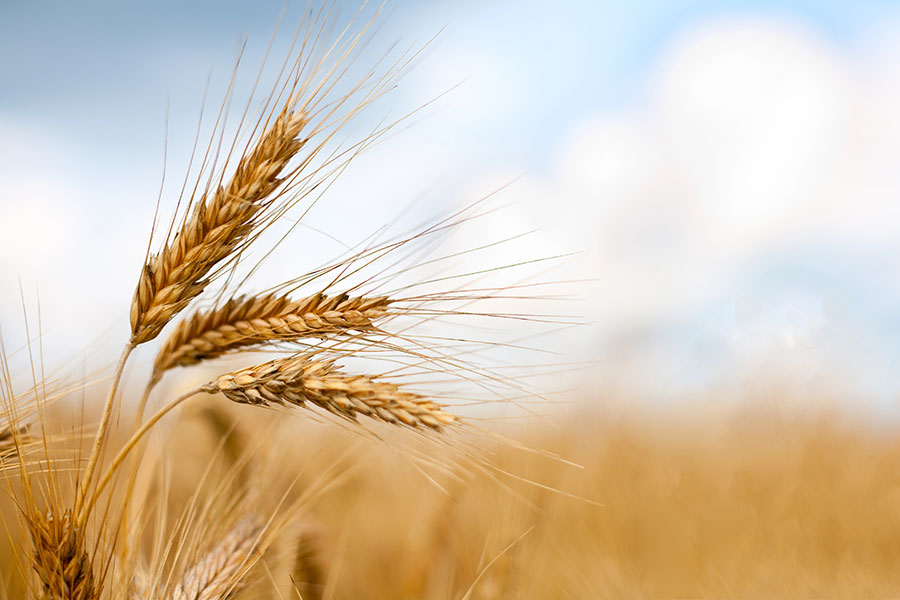Do you know which of the 14 main allergens you are growing, harvesting and storing?
3rd June 2024
As farmers move away from key crops, those who are tempted to try something new need to understand what impact a stray admix of an allergen could have.

It’s almost impossible to go anywhere these days without being asked if you have any dietary requirements. Some may think this is a great step forward, while others may think it’s the world gone mad; but how many of you think about the allergens you are growing, harvesting and storing? So asks Openfield’s head of research, compliance and shipping, Cecilia Pryce.
The Food Standards Agency estimates that two million people are living in the UK with a diagnosed food allergy, and another 600,000 living with coeliac disease. That’s a big number and, when you then start looking at the severity of reactions and the difference between an intolerance verses an allergy, unknowingly eating the wrong thing can very quickly become a matter of life and death.
As suppliers of commodities to the feed and food chains, it’s the responsibility for all of us to know about the 14 main food allergens. Wheat/gluten is obviously number one for most arable farmers, but how many of you consider a wheat admix in other commodities and the impact that could have? Not just in the way of a financial admix claim, if accepted, but it could result in a full rejection.
The UK has been growing lupins for the last 20 years – but, again, how many growers realise that those with a peanut allergy are likely to have the same reaction to a stray lupin, as they are one of the 14 primary allergens? This should be a big enough reason for growers, and farmers who feed them for livestock, to keep lupins well away and segregated from other stored crops. The same can also be said for any soya and soya products. There are many UK consumers that won’t accept lorries whose previous three loads have been soya for exactly this reason. As farmers move away from key crops, those who are tempted to try something new need to understand what impact a stray admix of an allergen could have.
There are also a few lesser-known allergens that may be on an arable farm. One of these is mustard. I mention this because anyone growing it professionally will be aware of the issues, but many farmers may be growing it without really thinking about it in various field cover seed mixes. It’s worth taking a look at the packaging, but I also urge you to keep your eyes open on your headlands, as nobody really wants to find mustard seed in their milling wheat or any commodities heading for the food chain.
Which brings me to the final least obvious allergen found in commodities – molluscs. I jest not, but land snails and soft body invertebrates, i.e. your common slugs, are also on the list! Now it’s unlikely you will find too many squishy snails, but I do remember the odd French milling wheat cargo being rejected for snail shells some years back, so please think about your crops.
Every season brings its challenges, but a good storage plan to ensure minimal risk of cross contamination and a combine clean down between commodities may prove worth it. Ultimately the supply chain has done a very good job at identifying and minimising risks, but as the number of individuals with a reaction of any type rises, it could only be a matter of time before the farm gate feels the heavy hand of legislation. It’s everyone’s job to prevent this from happening and I believe we can if we all just raise our awareness by knowing what to look out for.
Fertiliser matters
As we start to think about new season fertiliser requirements it’s important to remember the vital role of sulphur in not only achieving yield but also improving nutrient use efficiency, explains Openfield’s fertiliser manager, Lucy Hassall.
Together with nitrogen, sulphur enables the formation of amino acids needed for protein synthesis. Polysulphate is an excellent source of sulphur for both arable and grassland programmes. It is a unique multi-nutrient fertiliser containing sulphur, potassium, calcium and magnesium in plant available forms that spreads accurately at 36 metres.
One of the many benefits of polysulphate is the slow release of sulphate compared to other forms of sulphur reducing the chance of nutrient losses while also matching the uptake requirement of crops. Trial work has shown that polysulphate nutrients, when applied at planting with phosphate, further increase root and crop establishment. In all trials this has resulted in an increased yield at harvest. Polysulphate also has a very low carbon footprint of just 0.034kg Co2e per kg of product and is approved for organic use.
Read more arable news

